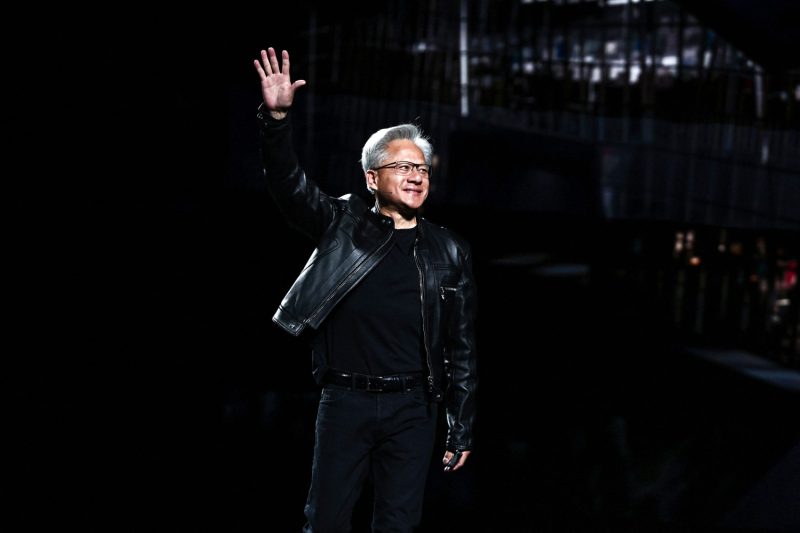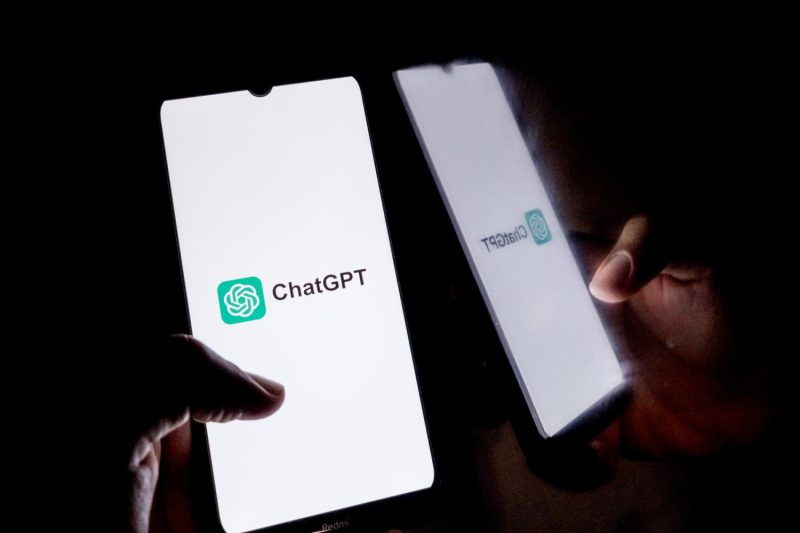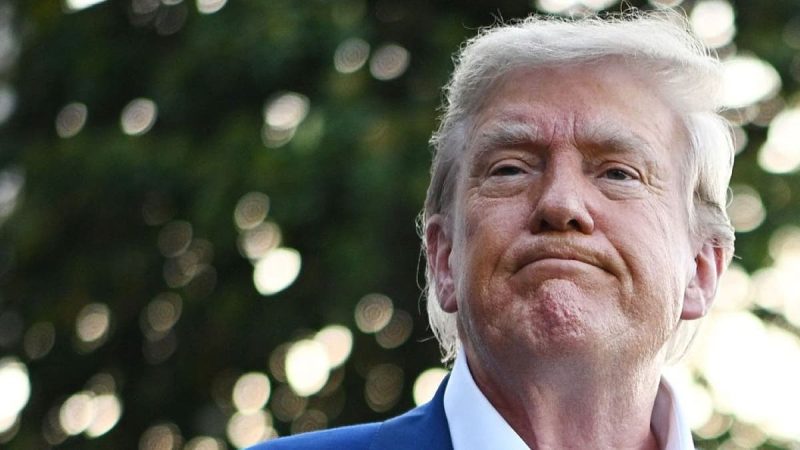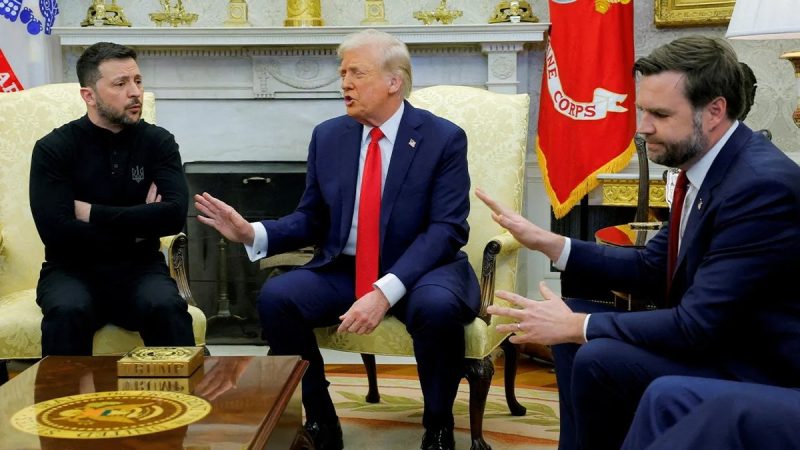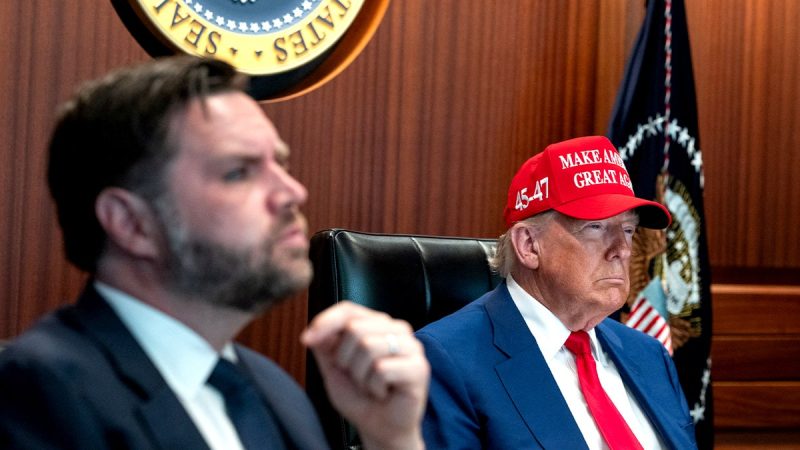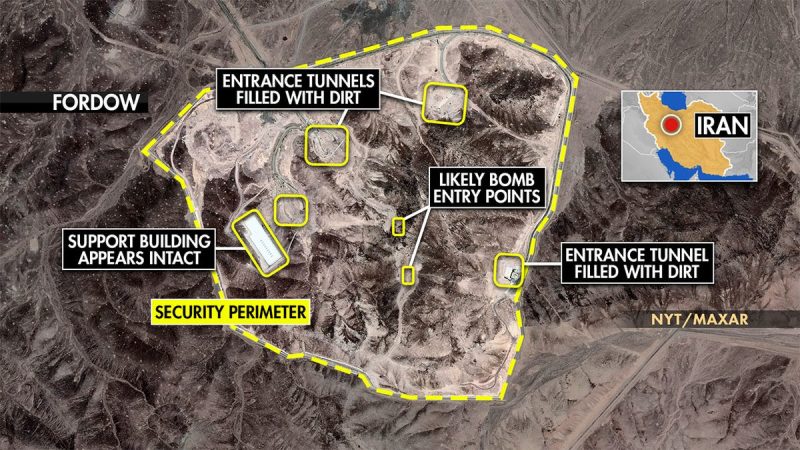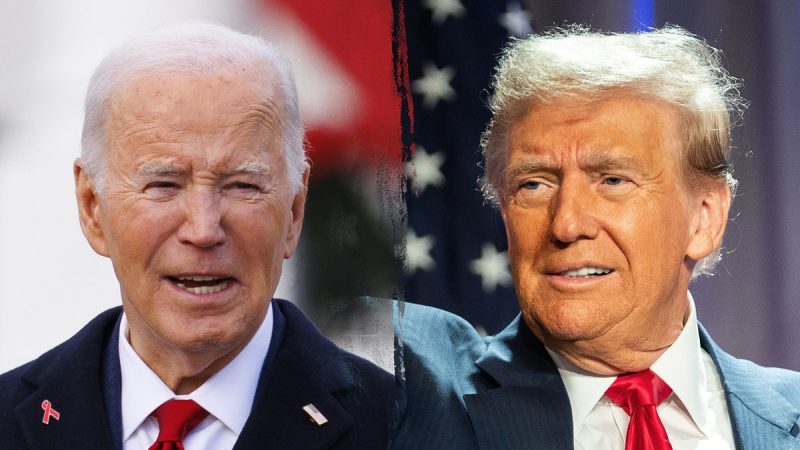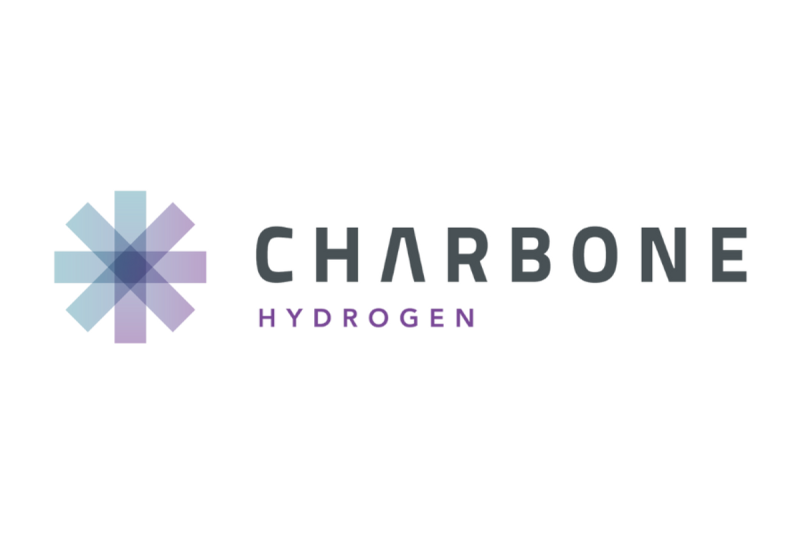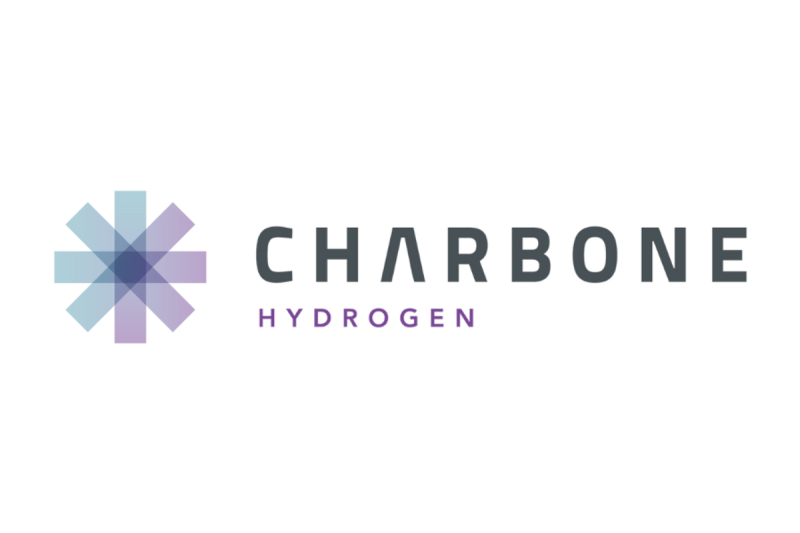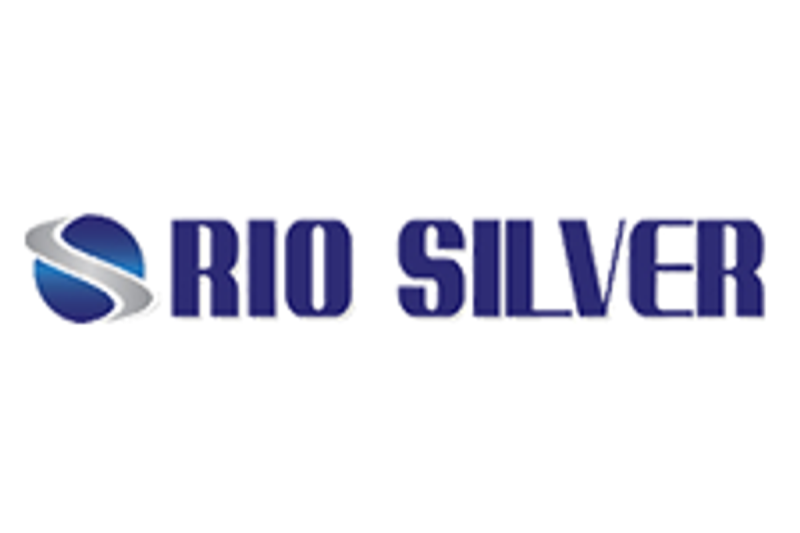Toni McAllister is a prominent voice in Louisiana’s logging industry, but as she told Fox News Digital on Tuesday, she is also ‘a mom and a wife’ from a middle-class family.
She is one of four Americans from across the country invited by House GOP leaders to Capitol Hill to promote President Donald Trump’s ‘one big, beautiful bill.’
It is a vast piece of legislation aimed at advancing Trump’s priorities on taxes, immigration, energy, defense and the national debt – which is taking Herculean political maneuvering to pass.
On Tuesday, House Speaker Mike Johnson, R-La., and other leaders pivoted from promoting it themselves, instead inviting their four guests to talk about their support for the bill, and what is at stake if it does not pass by the end of this year.
‘I believe that our tax rates in Louisiana for small businesses will jump up to around 43.4%. I mean, that’s literally half of what we’re working for. So what will we be working for to pay taxes?’ McAllister told Fox News Digital.
She is the executive director of the Louisiana Logger’s Association, a trade group representing loggers in the Bayou State. In addition to that, however, McAllister said she was concerned about a tax hike for her family if the bill is not passed.
‘I’m just a regular middle-class family. And in Louisiana, the average tax hike would be around $1,300. That’s a month of groceries. That’s anything extra that we can do with our kids. $1,300 is a lot of money,’ she said.
Projections released by the House GOP show that under the lower chamber’s version of the bill, an average family could see an additional $1,300 in tax relief, while a failure to pass it could lead to a $1,700 tax hike.
Republicans are aiming to use the bill to extend Trump’s 2017 Tax Cuts and Jobs Act, as well as implement a host of new policies like eliminating taxes on tipped and overtime wages.
Retired Sheriff James Stuart said those latter measures, which Trump campaigned on in 2024, will be critical to law enforcement recruitment in Minnesota.
‘One of the most persistent struggles of agencies across the country is retention and recruitment. No tax on overtime will increase take-home pay for our peace offices, which will boost morale and ease burdens for them and their families,’ Stuart, who is also executive director of the Minnesota Sheriff’s Association, told Fox News Digital.
However, Paul Danos, the head of a family-owned offshore energy service company in Gray, Louisiana, told Fox News Digital that Republicans’ energy policies are also critical for his business.
‘If this bill doesn’t pass, then we find ourselves where we were in the last administration, with that lack of predictability around lease sales,’ Danos said.
‘Those multibillion-dollar investments that are creating jobs, that are providing safe and affordable energy here in the US, are jeopardized. We start having to depend on other nations for our oil and gas.’
That, he argued, would lead to higher prices for everyone.
Sam Palmeter, who leads engineering at Laser Marking Technologies, one of the last two laser technology companies owned and operated in America, said he and others in Michigan were ‘tired of brain drain,’ hoping Trump’s bill could reverse that and revitalize manufacturing in the region.
‘We won’t grow, and we won’t provide as many jobs in the industrial manufacturing and engineering space,’ Palmeter said.
‘And that’s sad, because there’s nothing that makes me more proud than hiring a local kid…So he’s working 13 miles from home. He doesn’t have to leave his family and everything to exercise that degree.’
It is not yet clear if their arguments or others in favor of Trump’s bill will have any effect, however.
The legislation has been met with Republican critics in the House and Senate, while GOP leaders have styled it as the best possible path forward for a conservative policy overhaul while they control Congress and the White House.
While the dissent is coming from a relatively small number of Republicans, it could be enough to derail the legislation – both House and Senate GOP leaders are grappling with razor-thin margins of just a few votes.
Trump recently ordered lawmakers to remain in Washington, D.C., until the bill is passed – despite a planned recess next week for the Fourth of July holiday.
The bill passed the House by one vote last month, and a modified version is expected to get a Senate vote sometime this week. Both the House and Senate must pass identical products before they can be sent to Trump’s desk.
This post appeared first on FOX NEWS

